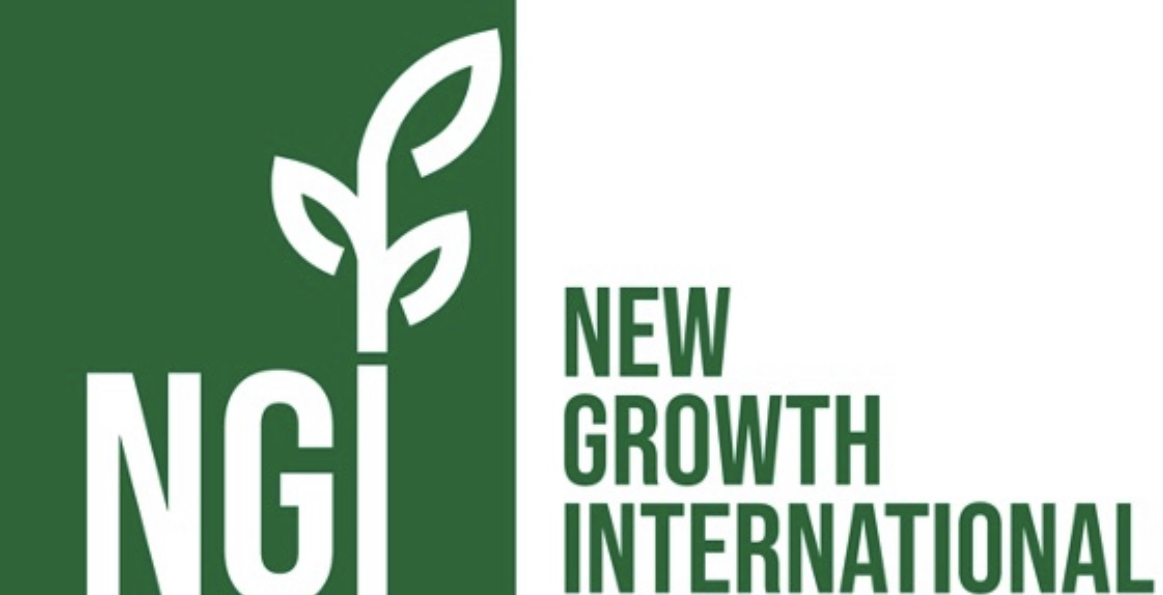Investment Targets for Food System Transformation in Africa
Africa Food System Investment Targets
by Steven Were Omamo and Alexander Mills
Africa’s cereal yields are stagnant. Food imports are surging. Hunger is on the march again across the continent. The need for large and sustained investment in Africa’s food systems could not be more urgent. But at what scale and intensity?
In 2016, the African Development Bank estimated that transforming 18 agrifood value chains in Africa through export promotion and import substitution would cost up to US$400 billion over 10 years. In 2020, CERES 2030 estimated that ending hunger and doubling the incomes of small-scale producers would require US$45 billion per year. Still lacking, however, is a set of comparable country-level targets for levels and intensities of investments required to transform Africa’s agrifood systems toward higher productivity, lower costs, and lower hunger. New analysis from New Growth International (NGI) helps to fill that gap with indicative estimates of such investment targets.
Leveraging food system performance benchmarks (NGI Benchmarks) based on NGI’s Food System Performance Index (NGI Index), NGI estimates that food system transformation in Africa requires US$76.8 billion/year to 2030 (US$614 billion in total), comprising US$15.4 billion/year from the public sector and US$61.8 billion/year from the private sector.
On average, this level of investment is equivalent to:
- US$401 million/country/year
- US$66/person/year
- US$123/rural person/year
The full analysis can be found here.
